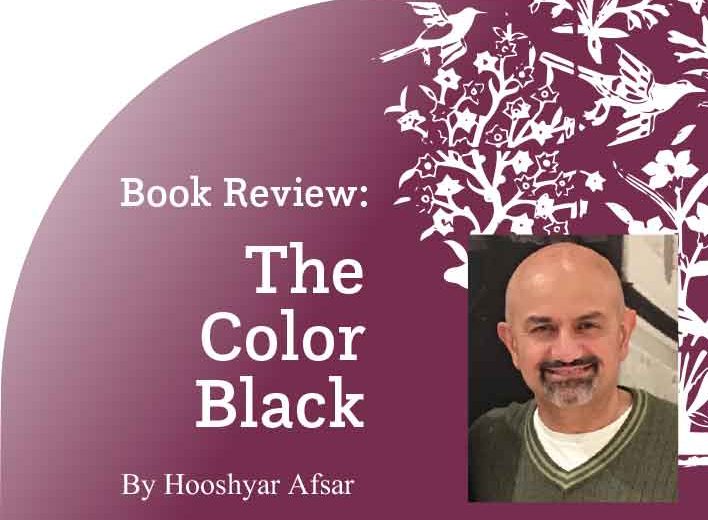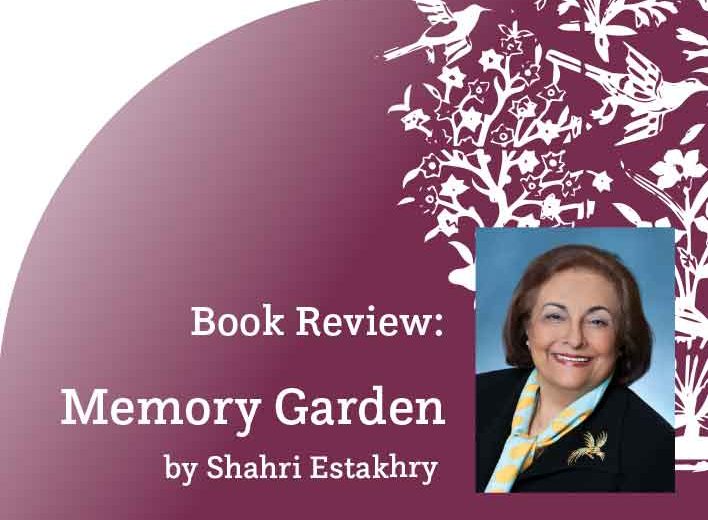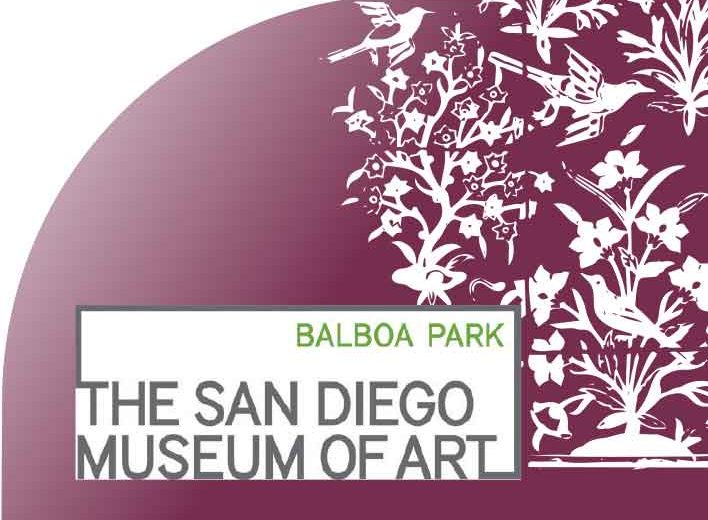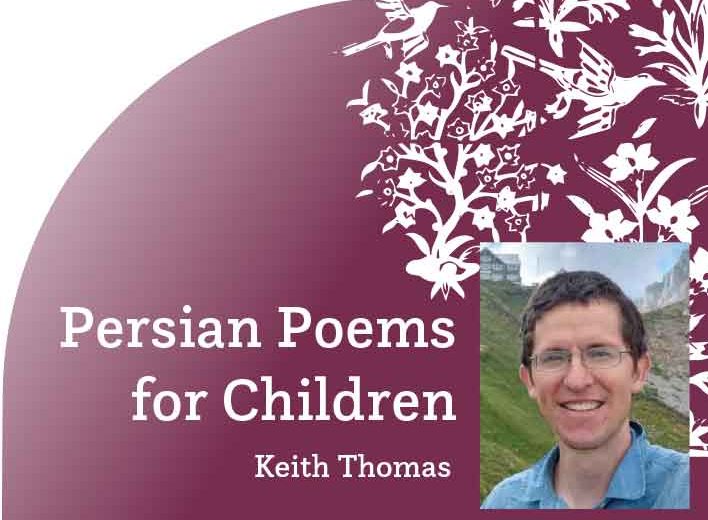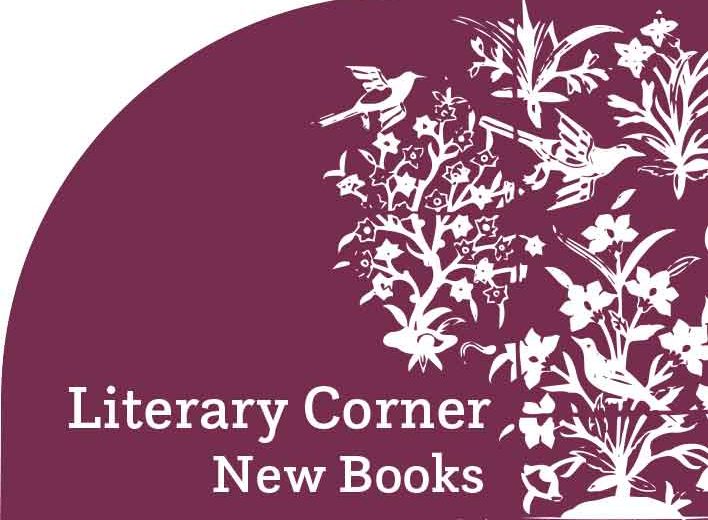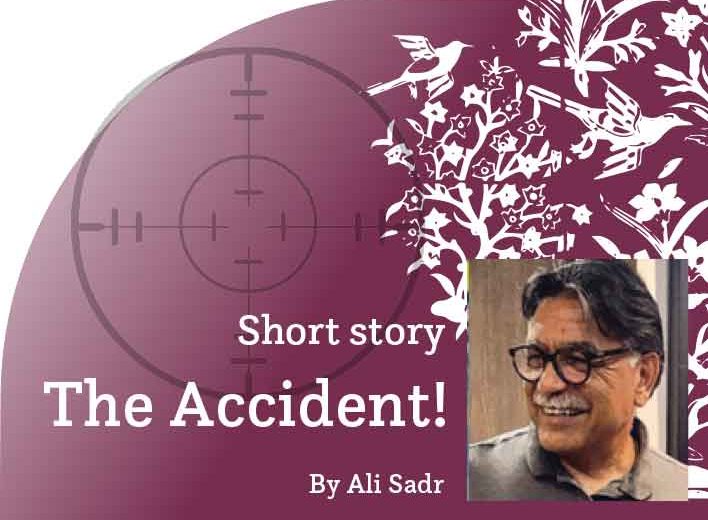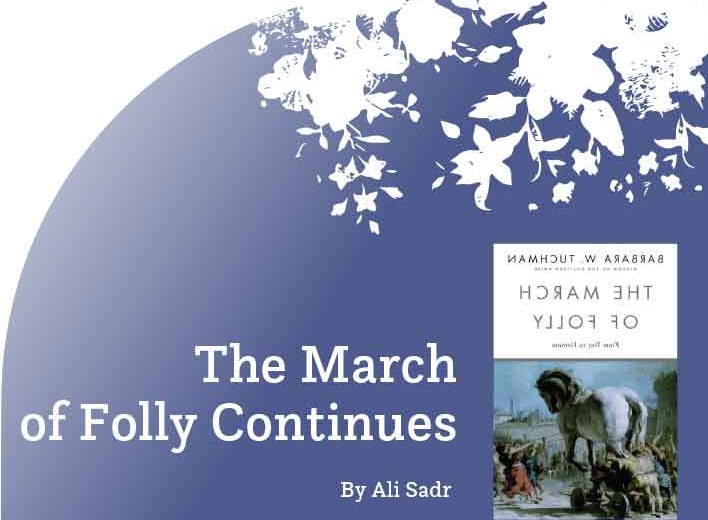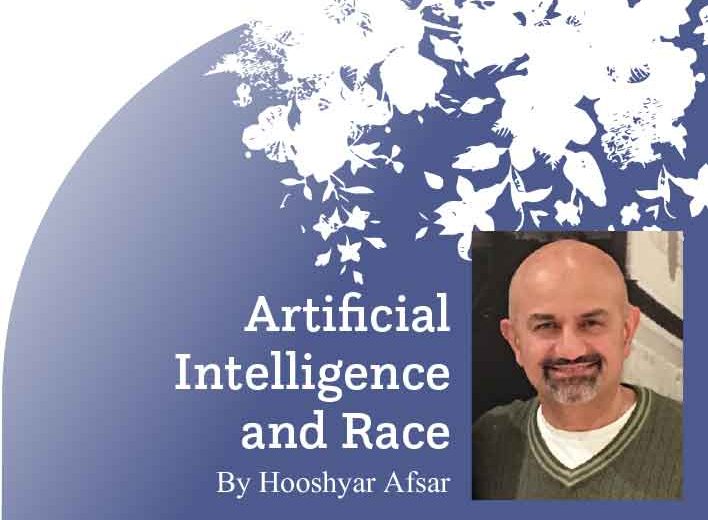Comments by Parents and Students of Iranian School of San Diego about Nowruz
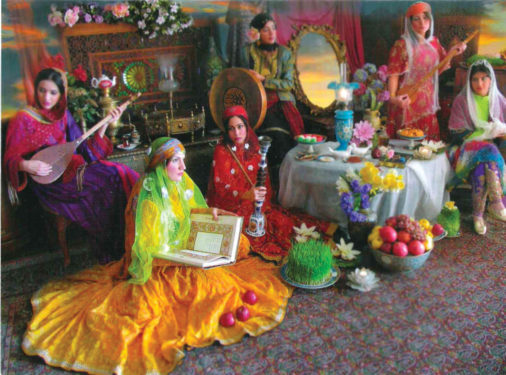
Rachel Tait
As an American of Scottish-English-German descent, it often amuses my Iranian American husband that I’m the one in our household who puts the Nowruz haft-seen together before he even notices it is time to prepare. Though I now know each of the components by heart, I still consult the holiday section of the copy of New Food of Life by Najmieh Batmanglij that was given to me by my in-laws at my bridal shower, a not-so-subtle way of further welcoming me into the culture. Each March, I pull out my box labeled “NOWRUZ,” carefully unwrap delicate dishes from Iran that were given to us upon our engagement, gather up the Seven Ss, and add other touches such as rose water and the shirini (sweets) we prefer from our local Persian market. Then comes the fun part–I add in elements from my childhood’s “Easter” traditions, like colorful little chicks and the pastel foil-wrapped chocolate eggs that are so prevalent this time of year. Now that our young son is old enough to help prepare the haft-seen, he marvels at the various items on our table and enjoys hiding the little chicks here and there in the sabzeh. For me, preparing the Nowruz haft-seen is my way of honoring and blending my husband’s culture with traditions that I grew up with as well… a beautiful way of showcasing both to our son, family, and friends.
Kris Guncvel
We celebrate Nowruz by setting up our haft-seen with all of the decorations, including the gold coins, eggs, grass, candle, apples, etc., a week or so prior to Nowruz. On actual Nowruz we have a traditional Persian dinner followed up by music, dancing, and then talk about what we were grateful for from the prior year and what we are looking forward to for the next year. We also celebrate Charshanbe Suri on the Wednesday before by jumping over a fire and saying Zardie man az to, Sorkhie to az man.
Brandon Cobb
I have only experienced one Nowruz. Mahsa and I met in July 2019 after 2019’s Nowruz. For 2020’s Nowruz, it was just the start of COVID-19. I was in another Farsi class and I learned about all the objects and symbols. My favorite was eidi! Haha, I want eidi. Then we were at Mahsa’s friend Romina’s apartment and cleaned it up nice, cooked a great meal, and ate with another couple plus Romina and her friend. It was a fun get together.
فرناز احرابيان
عید نوروز مهمترین عید ایرانیان توام با آغاز سال نو میباشد و به همین دلیل در بین ایرانیان و خانواده ما دارای اهمیت بسیار زیادی است.
ما در انتهای زمستان با انجام خانه تکانی به استقبال نوروز میرویم. مراسم نوروز با فراهم کردن اجزا سفره هفت سین شروع میشود که بسیار سرگرم کننده و جذاب است.ما هرساله همراه با همه اعضا خانواده آغاز سال نو شمسی را در پای سفره هفت سین جشن میگیرم و پس از حلول سال نو مراسم تبریک و رد و بدل کردن هدایا شروع میشود.معمولا این بخش جذابترین و خاطره انگیزترین بخش مراسم نوروز برای کودکان میباشد . تماس با اقوام،دوستان و آشنایان دور و دید و بازدید از کسانی که در دسترس هستند بخش دیگری از مراسم نوروز میباشد.
Kourosh Taghavi
I Left Iran in 1983 and every year, even in the most trying years, I made sure I had a haft-seen, spring cleaned, bought new clothes, and found someone younger than me I could give “Eidi” to! So, the tradition has continued ever since I got married and my wife and I are now proud parents of two wonderful kids.
My wife and I believe in multiculturalism and we raise our kids as American Iranians who understand the values of multiculturalism! We have always talked about the importance of understanding other cultures and believe that many others in our communities feel the same way. So one of the most important aspects of Nowruz for us is celebrating it with our non-Iranian friends (kids take a haft-seen to school, they give a presentation about Nowruz, etc.).
At home we try to honor the rituals of Nowruz by having a haft-seen, which my wife and daughter somewhat design together, and we make sure to visit family and friends (Did-o-Bazdid) of course, give crisp dollar notes as Eidi to kids, and so on. We try to make Nowruz as interesting and as fun as possible for the whole family by telling our kids how Nowruz was for us as kids, perhaps reminding ourselves of our childhoods and memories of our parents and friends.
Nowruz is different for us as it is nostalgic for we the grownups and mysterious and fun for the kids, even though it is always competing with the holidays that everyone celebrates in the U.S.!
Sanaz Majd
Growing up, my mom would create an elaborate sofreh haft-seen each year. It was always color-coordinated with great attention to fine detail. All of the rich, ornate containers had to match, of course. If the theme was blue, you could bet the eggs would also be blue, as would the carefully attached ribbon draped around the sabzeh. Not just any seeb would do, they had to be the reddest she could find. New candles would decorate the periphery, and matching, shiny colored pebbled rocks were very carefully and intentionally scattered between each item on the sofreh.
Then, no matter the time of the day (or wee hours of the night) was designated as the precise time of the “saleh no,” she would insist on gatherIng all of us to sit around the haft-seen table to celebrate that seemingly magical moment. It didn’t matter if it was 3 p.m. or 3 a.m. As a naive, snot-nosed adolescent, however, all I wanted was to sleep and be left alone. Once gathered, she would then insist on stuffing sweet noghl in our mouths precisely before that moment arrived, “So that your entire year will be a sweet one,” she’d say.
I didn’t get it. I remember thinking as a teenager, “Why does she make such an effort and go through all this trouble?” It didn’t seem to mean as much to us kids as it did to her. And here I was struggling to assimilate as a first-generation Iranian American; the last thing I wanted to do was to hold onto old traditions that felt “un-American.” But still, each year my sisters and I complied with the same ritual simply to please my mother.
Growing up, there weren’t many Iranian children who attended the same schools as I did. Looking back, I truly wish there were. I had assimilated all too well, and was at risk for losing any part of our rich culture I had left. I incessantly listened to American pop music, and was so clueless as to how beautiful the sounds of our own instruments were. I wore neon leggings, rubber bracelets from my wrists to elbows, and crimped my hair (yes, this was the 80s). I even later married outside our culture…gasp!
It wasn’t until my children were born that all of a sudden I seemed to remember who I was, like a switch of a light. I now had two identical sets of eyes staring at me, yearning to learn who they are and how they will fit into this world.
From then on, I simply could not get enough of Persian everything–I was listening to Radio Javan non-stop, gave up coffee to become a chaiee snob, learned how to make Asheh-reshteh, found myself speaking more Farsi despite my thick American accent seeping through, and was in constant search for other Iranian kids to play with mine.
It all mattered. I was reaching desperately for an almost lost connection that I had to our culture. I wanted more for my kids, and started to make the effort to help them understand who they are.
Since my twins were born, creating an annual haft-seen table has become our greatest Persian family tradition. It is the one holiday that belongs to us. As it nears Nowruz each year, my girls are actively involved and in charge, front and center. They display unyielding excitement for the opportunity to drape the sofreh on the table, to set the table with senjed, somagh, serkeh, sekeh, and seeb, to water the sabzeh each day until it is vibrant green, and most especially, to decorate the eggs.
We also attend the Balboa Park Nowruz show in San Diego every year, another tradition and highlight of this time of year since the days that my girls were crawling. Entranced with the beautiful Persian dance routines on stage, they yearned to learn and now take Persian dance lessons themselves. They also eagerly look forward to the annual ISSD Nowruz show, in which they participate on stage. They themselves demand to listen to Aghayeh Sadr’s songs (our principal) that he records each year in preparation for the show…over and over again (and over again) in our car rides for almost the entire month of March (yes, they demand this even after the show).
My girls are miraculously more interested than I ever was growing up. Perhaps because it’s a different generation, different time? After all, they never had the internal struggle with assimilation into a new world. They accept everything as is, so much simpler.
Also, great credit goes to ISSD for allowing young Iranian American families to unite as we celebrate our culture. The lasting connections we have made with other families there have been life-changing. These are connections and resources that were not easily accessible to me while growing up.
Either way, it has all come back full circle. I am so grateful to my mother for her persistence in instilling these traditions despite my reluctance while growing up. She is quite a special lady, in so many more ways than this.
I can now pass it on to my own children, and they can pass it on to theirs. Even if my kids somehow get lost somewhere along the way, I am confident that by making this effort and keeping the culture alive while they’re growing up, that they too will eventually return to their roots…just as I did.
From my family to yours, Eidetoon Mobarak.


